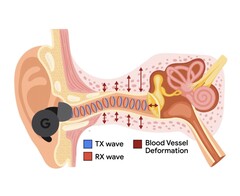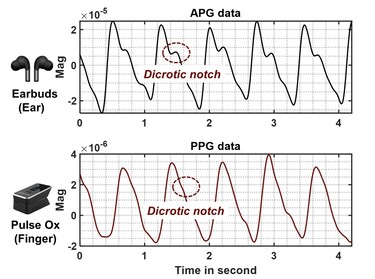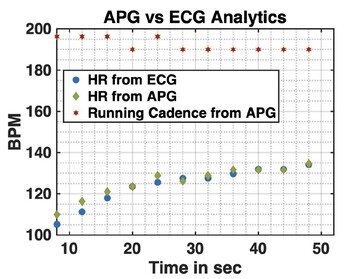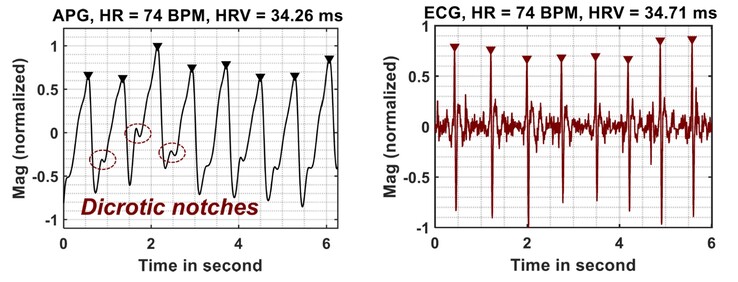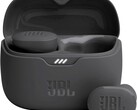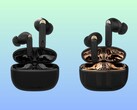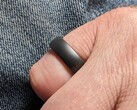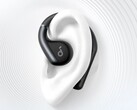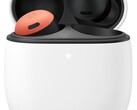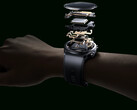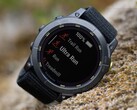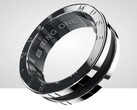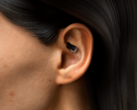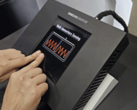Google has just revealed that it has developed the technology to add heart rate monitoring to existing active noise cancelling (ANC) earbuds and headphones with just a software update. The technology, termed audioplethysmography (APG), can measure both heart rate and heart-rate variability with a high degree of accuracy, as detailed in a research paper published after months of testing.
Rather than using additional sensors, APG utilises ANC headphones’ speakers and internal microphones. A low-intensity ultrasound ‘probing signal’ is played through the speakers, and its reflections are measured by the microphones. Since the ear canal is surrounded by blood vessels, the heartbeat causes subtle changes in its internal volume and pressure, which in turn affects the ultrasound echoes picked up by the mics. Because it uses ultrasound, measurement can take place inaudibly, even while music is playing.
This acoustic modulation yields accurate readings of heart rate (3.21% median error in all activity scenarios) and HR variability (2.70% median error in inter-beat interval). In fact it outperforms light-based sensors (PPG) in terms of signal resolution. Moreover, the system is found to be resilient to bad seal conditions, variations in ear canal size and skin colour (which affects PPG sensors). It can also ignore head movements during physical activity.
The addition of a vital health monitoring feature to earbuds without any added size, components or cost would represent incredible value to customers, especially at a time when ANC earbuds are getting increasingly popular and cheap, and being worn for longer durations in the day.
Google has “conducted two rounds of user experience (UX) studies with 153 participants”, and the technology is “the result of collaboration across Google Health, product, UX and legal teams”, all of which suggests a serious intention to bring this technology to actual products, which would make Google’s Pixel Buds Pro the prime candidate to potentially receive this as a ‘feature drop’ via software update.
You can buy the Google Pixel Buds Pro with ANC in multiple colours on Amazon, or go for the more premium Bose QuietComfort Ultra Earbuds with industry-leading noise cancellation.




